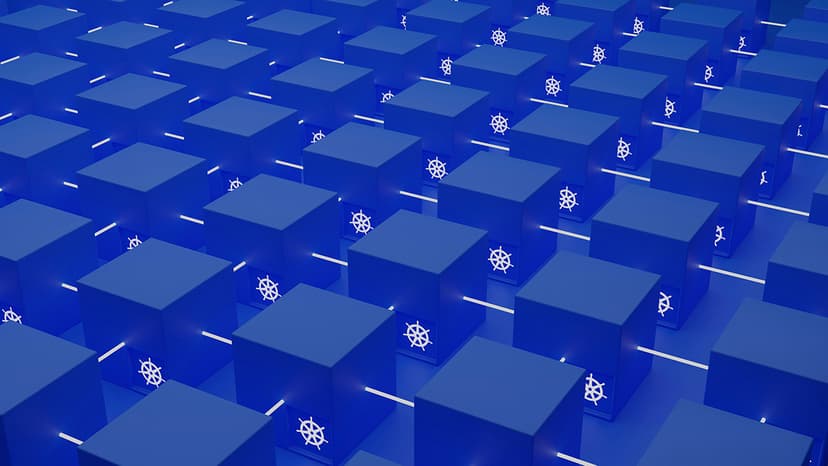A Guide to Clustering in Machine Learning: Grouping Similarities Together
Machine learning is a sparkling field that keeps on evolving and surprising us with new techniques, and clustering is one of the unique jewels in its crown. Picture this: you're in a room with hundreds of different fruits scattered all over the place. Your task is to organize them into neat little groups. How do you go about it? Maybe group them by color, type, or size. Now, let's take this concept to the world of data, and voilà, you've just stepped into the realm of clustering in machine learning.
Unveiling the Mystery of Clustering
Clustering is a type of unsupervised learning, which is just a fancy way of saying that the machine learns to find patterns and structure in data without us explicitly telling it what to do. Think of it as teaching a child to sort blocks by color without giving them actual sorting rules. The child observes and creates groupings based on their understanding of the colors. Similarly, clustering algorithms sort through data to find natural groupings.
The Magic Behind Clustering
The central goal of clustering is to divide data into groups, or 'clusters', where items in the same cluster are as similar as possible, and items in different clusters are as distinct as possible. It's all about maximizing the similarities within a group and minimizing the similarities between different groups.
There are different flavors of clustering, each with its own recipe for grouping. Some popular methods include:
-
K-Means Clustering: Think of it like throwing darts at a board. You start by randomly placing 'k' darts on the board, which represent your cluster centers. Then you assign each data point to the nearest dart and adjust the positions of the darts to be in the center of all points assigned to it. Repeat this process until your darts don't need to move anymore, indicating each cluster is nicely grouped around its center.
-
Hierarchical Clustering: Imagine building a family tree, but instead of people, you're linking clusters. You start by treating each data point as an individual cluster. Then, step by step, you merge the closest pairs of clusters into larger clusters, until all points form a single big family or you achieve the desired number of clusters.
-
DBSCAN (Density-Based Spatial Clustering of Applications with Noise): This method is like throwing a neighborhood party and deciding who's in your inner circle. It groups together points that are closely packed, while marking points that lie alone in low-density regions as outliers.
Clustering's Bag of Tricks
Clustering serves as a versatile tool across various industries. Here are some creative ways it's being used:
-
Customer Segmentation: Companies like Amazon deftly use clustering to understand customer behavior by grouping customers with similar purchasing habits. This helps in personalized marketing and improves customer engagement and retention.
-
Social Network Analysis: Platforms like Facebook use clustering to find communities within their vast networks of users, helping to suggest new friends and content likely to be of interest.
-
Medical Imaging: Clustering assists in grouping similar tissue types in medical imaging, aiding doctors in easily identifying tumor sections or other anomalies.
-
Market Research: Clustering helps to segment the market into distinct groups with similar preferences or needs, which allows businesses to tailor products and services.
Clustering Challenges and Considerations
Just as Rome wasn't built in a day, clustering comes with its challenges and decisions that need careful consideration. Selecting the right number of clusters, dealing with different scales of measurement, and choosing an appropriate algorithm are critical to the success of a clustering project. Also, interpretation of the clusters isn't always straightforward. The quality of your clusters is often in the eye of the beholder, and requires domain knowledge to make sense of them.
Despite these challenges, clustering remains an invaluable tool in the data scientist's arsenal. By grouping similar items together, it shines a light on hidden patterns and gives meaning to otherwise raw and unstructured data.
Clustering in machine learning is akin to creating a mosaic. Each tiny tile might not make much sense on its own, but when grouped correctly, a beautiful and captivating pattern emerges. With the right approach and a thoughtful understanding, clustering helps to bring out the intricate stories hidden within the data, waiting to be discovered and told.
Clustering keeps on revealing its capabilities and expanding its applications, from organizing the galaxies in the cosmos to arranging the products on your shopping list. It is an art form in the data science world, blending mathematics, algorithms, and a touch of creativity to provide insights and solutions across various fields.












